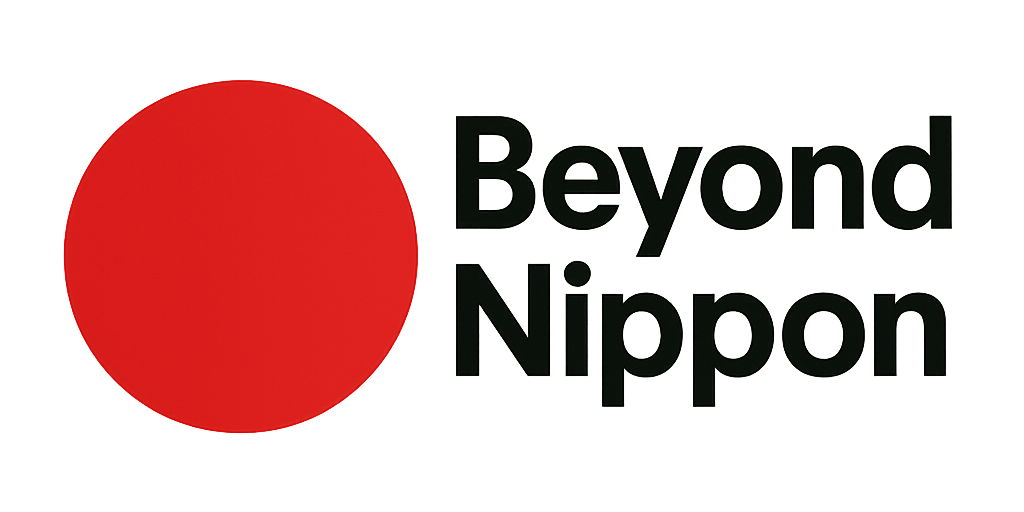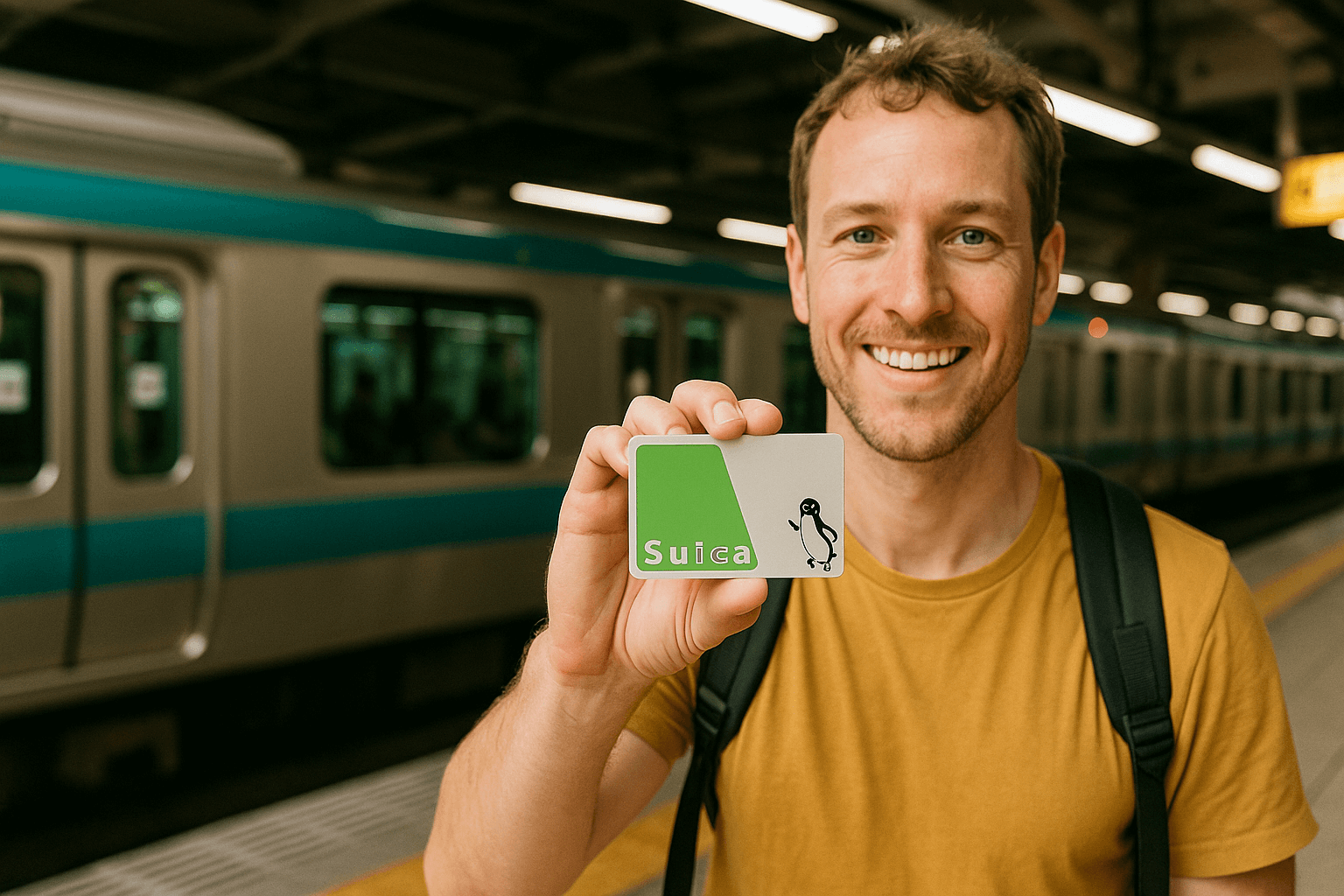Traveling around Japan can feel intimidating at first. Between the maze of train lines, buses, and subways, it’s easy to get overwhelmed. But there’s one tool that makes everything smoother: IC cards like Suica and Pasmo. These rechargeable smart cards let you tap your way through stations, hop on buses, and even pay for coffee at convenience stores.
In this guide, we’ll break down everything first-time visitors need to know about IC cards in Japan. By the end, you’ll understand the differences between Suica, Pasmo, and other cards, how to buy and use them, and which tourist-friendly options might be best for you.
This is your complete Suica Pasmo Japan guide.
Why IC Cards Are Essential in Japan
If you’ve ever seen Japanese commuters glide through ticket gates with a quick tap, they’re likely using an IC card. These cards are prepaid, contactless passes that make transportation—and even daily purchases—fast and hassle-free.
Benefits of IC cards:
- Convenience: No need to buy paper tickets each time you ride.
- Speed: Just tap at the gates instead of fumbling with coins.
- Coverage: Works across trains, subways, buses, and even some ferries.
- Cashless payments: Accepted at convenience stores, vending machines, restaurants, and even some shops.
For first-time travelers, using an IC card saves both time and stress. Whether you’re in Tokyo, Osaka, or Sapporo, you’ll avoid the confusion of calculating fares and juggling change.
Difference Between Suica, Pasmo, Icoca and Others
Japan doesn’t have just one IC card—it has several, issued by different railway companies. Fortunately, most of them are interoperable, meaning you can use a Suica card in Osaka or an Icoca card in Tokyo.
The Big Players
- Suica
- Issued by JR East (covering Tokyo and eastern Japan).
- The most widely recognized IC card.
- Works seamlessly across Japan’s IC card network.
- Pasmo
- Issued by private railways and subways in Tokyo.
- Functionally identical to Suica.
- Popular with people who use non-JR lines in the Tokyo area.
- Icoca
- Issued by JR West (covering Osaka, Kyoto, and Kansai region).
- Works just like Suica and Pasmo but is more common in western Japan.
Other Regional IC Cards
- Kitaca (Hokkaido)
- Toica (Nagoya area)
- Manaca (Nagoya private railways)
- PiTaPa (Kansai area; slightly different system, often requires postpaid setup)
- Sugoca (Kyushu)
- Nimoca (Fukuoka)
- Hayakaken (Fukuoka subway)
💡 Good news: Except for PiTaPa, all these cards are mutually compatible. A Suica bought in Tokyo works in Osaka, and an Icoca from Kyoto works in Sapporo.
👉 For tourists, the choice between Suica vs Pasmo doesn’t matter much—they work the same way. The main difference is simply where you buy them.
How to Buy, Charge, and Use Them
Getting an IC card is easy, and you don’t need to speak Japanese to do it.
Step 1: Buying an IC Card
- Where to buy:
- Suica: JR East ticket machines or counters (Tokyo stations, Narita/Haneda airports).
- Pasmo: Private railway or subway stations in Tokyo (Keisei, Toei, Tokyo Metro).
- Icoca: JR West machines or counters (Osaka, Kyoto, Kansai Airport).
- Cost:
- Usually requires a ¥500 deposit (refundable if you return the card in its issuing region).
- Plus your starting balance (e.g., load ¥1,500 for immediate use).
Step 2: Charging (Adding Money)
- How:
- Use ticket machines (English available).
- Insert cash or credit card (depending on the machine).
- Tap your IC card, select “charge,” and add money.
- Minimum:
- Typically ¥1,000, though some machines allow smaller amounts like ¥500.
Step 3: Using the Card
- At train gates:
- Tap the card on the reader (blue or green pad).
- Fare is deducted automatically when you exit.
- If balance is too low, gates won’t open—you can recharge at a nearby machine.
- On buses:
- Tap when entering and exiting. Some buses only require one tap.
- For shopping:
- Look for the IC card logo (Suica/Pasmo/Icoca symbol).
- Tap to pay, just like contactless credit cards.
💡 Tip: Keep your IC card separate from other contactless cards (like Apple Pay or credit cards) to avoid “card clash” at gates.
Where IC Cards Work
The usefulness of IC cards goes beyond trains.
Trains and Subways
- Valid across JR lines, private railways, and subways in major cities.
- Makes transferring between companies seamless (no need to buy separate tickets).
Buses
- Almost all city buses in Tokyo, Kyoto, Osaka, and other regions accept IC cards.
- Just tap when boarding and again when exiting (depending on the system).
Convenience Stores and Shops
- Major chains like 7-Eleven, Lawson, FamilyMart, and Ministop accept IC cards.
- Great for buying snacks, drinks, or even paying utility bills.
Vending Machines
- Many vending machines around stations accept Suica, Pasmo, and other IC cards.
Other Uses
- Some taxis accept IC cards.
- Increasingly accepted at restaurants, coin lockers, and tourist attractions.
Essentially, if you see the IC card logo, you can use your Suica, Pasmo, or Icoca there.
Tourist Options: Welcome Suica & Pasmo Passport
For visitors, there are special versions of IC cards tailored to short-term stays.
Welcome Suica
- Available at Narita and Haneda airports, as well as major Tokyo stations.
- No deposit required (unlike the regular Suica).
- Valid for 28 days.
- Not refundable after use, but you avoid the hassle of claiming a deposit.
Pasmo Passport
- Available at Narita, Haneda, and Tokyo area stations.
- Designed for foreign tourists.
- Comes with cute designs (often featuring anime characters).
- Costs slightly more than a regular Pasmo (¥2,000 minimum load).
- Valid for 28 days.
Which One Should You Choose?
- Both are great options if you’re staying less than a month.
- If you prefer not to deal with deposits/refunds, Welcome Suica is the simplest.
- If you like limited-edition souvenirs, Pasmo Passport is fun.
Tips for Saving Money and Avoiding Issues
Using IC cards is easy, but here are some insider tips to make your travel even smoother.
1. Don’t Worry About Choosing Between Suica and Pasmo
Both are functionally identical. Choose whichever is available at the station you arrive at.
2. Check Your Balance Regularly
Your balance shows at the gate when you tap. Always keep at least ¥1,000–¥2,000 loaded, especially if you’re traveling outside the city where recharging might be less convenient.
3. Use Credit Card Linking (Mobile Suica)
If you have an iPhone or Android, you can set up Mobile Suica in Apple Wallet or Google Pay. This allows credit card top-ups and eliminates the need for a physical card. (Note: requires certain international cards or a Japanese card.)
4. Refund Rules
- Regular Suica and Pasmo: Deposit refundable if returned in their issuing region.
- Icoca: Must be returned in western Japan.
- Tourist versions (Welcome Suica, Pasmo Passport): Not refundable.
5. Don’t Mix IC Cards in the Same Wallet
If you stack multiple IC cards or contactless cards, gates may not read them correctly. Keep your card in a separate pocket.
6. Remember Expiry Rules
- Regular IC cards: Valid for 10 years after last use.
- Tourist IC cards: Expire after 28 days.
7. Combine with JR Pass
If you also have a JR Pass, you’ll still need an IC card for non-JR trains (subways, private lines, buses, daily shopping). They complement each other perfectly.
Conclusion
Navigating Japan’s complex transportation system can be overwhelming, but IC cards like Suica, Pasmo, and Icoca make it simple. With just one card, you can:
- Tap through train gates
- Hop on buses
- Buy snacks at convenience stores
- Pay for drinks at vending machines
For tourists, options like Welcome Suica and Pasmo Passport make things even easier, eliminating deposits and offering fun designs.
Whether you’re in Tokyo, Osaka, or Sapporo, carrying an IC card is a must. It saves time, reduces stress, and adds convenience to your trip. So when you land in Japan, pick up your Suica or Pasmo right away—you’ll thank yourself later.
This Suica Pasmo Japan guide is your key to stress-free travel across the country. With your IC card in hand, you’ll move through Japan like a local.

